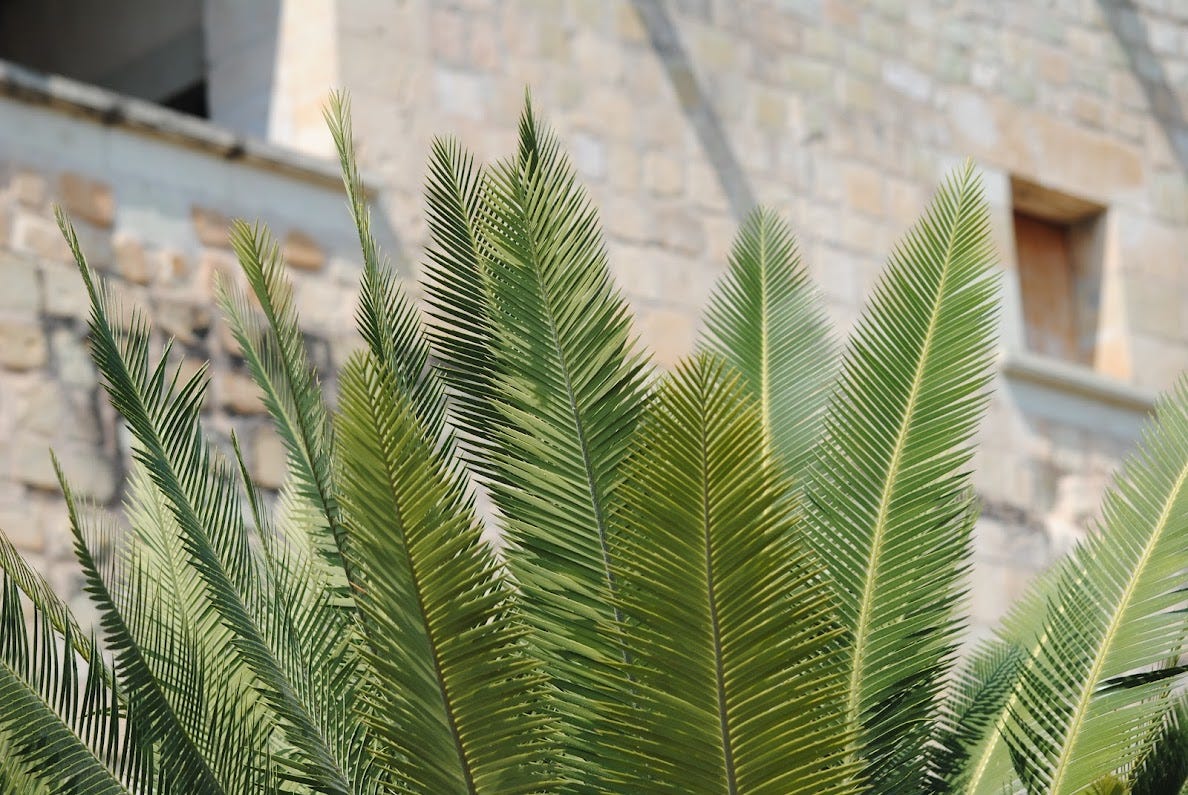Que Pasa Oaxaca?
The best landscape designs are those that invite people to use and enjoy them.
It’s obviously critical that we leave as much of nature as possible as undisturbed as possible. But in those places where humans are already a fixture, we need landscapes that blend nature and humans together in ways that benefit both. This may sound obvious. Look around you, though, and you start to realize it’s not really how we approach a lot of our public and private landscaping decisions.
Many of us think of nature as existing “out there” somewhere. In a state or national park, maybe. Someplace we might go for a hike or a camping trip. It’s a place we visit. We don’t really think of it as something that is – or should be – surrounding us in our day-to-day lives. In the same vein, much of the deliberate landscaping that we see around us is intended more to decorate buildings than to provide outdoor habitat or sustenance for humans or wildlife. This insistence on separating people from nature is at the crux of our current biodiversity crisis. Human development is displacing wilderness at a pace that’s unsustainable for the planet.
What a privilege, then, to visit Jardín Etnobotánico de Oaxaca, a botanical garden in Oaxaca, Mexico, that celebrates the confluence of plants and people. I took a few pics to share with you.

Ethnobotany is the study of the relationships between humans and plants, with an emphasis on indigenous peoples and their understanding of native species. Within the field, there's growing recognition of the vital role that local knowledge can play in developing effective conservation and biodiversity preservation strategies. For example, traditional cultivation practices by small-scale farmers often involve a wide spectrum of species and naturally-occurring varieties within those species – in sharp contrast to more modern agricultural practices that emphasize monocultures. As discussed here, genetic diversity helps species adapt to and survive environmental changes.



Jardín Etnobotánico de Oaxaca displays plants that have sustained the people of Oaxaca for thousands of years, serving as food, firewood, fibers and medicines, as well as spiritual and artistic inspiration. It highlights the connections between Oaxaca’s biological diversity and cultural history.




The Jardín is housed in a 16th century monastery and the landscaping was designed by artist Francisco Toledo. So in addition to its educational role, the space also happens to be beautiful. A welcome reminder that nature belongs not only “elsewhere,” but also very much “here.”
Speaking of artistry and Mexican influences: in a wonderfully incongruous leap of style, the L.A.-based punk band The Bronx put out Mariachi El Bronx* as its fourth album in 2009. The album pays tribute to Mexico's beloved mariachi bands. Hard to pick a favorite from the lineup, but this song is up there:
*A hat tip to my sister for introducing us to Mariachi El Bronx back at the beginning.
Resources
Jeff Spurrier, “Oaxaca’s Ethnobotanical Garden,” Garden Design.
Rebecca Bailey, “Jardín Etnobotánico de Oaxaca,” Que Pasa Oaxaca, August 10, 2018.
Natalia Hanazaki, Elaine Mitie Nakamura, Bianca Lindner and Walter Simon de Boef, “Opportunities for Ethnobotany to Contribute to Community Biodiversity Management,” Biodiversity International.



Looks like an amazing place! The mariachi was fun too.
Love this one! Next you need to visit the botanical gardens of Valencia (where we were yesterday) Fantastic